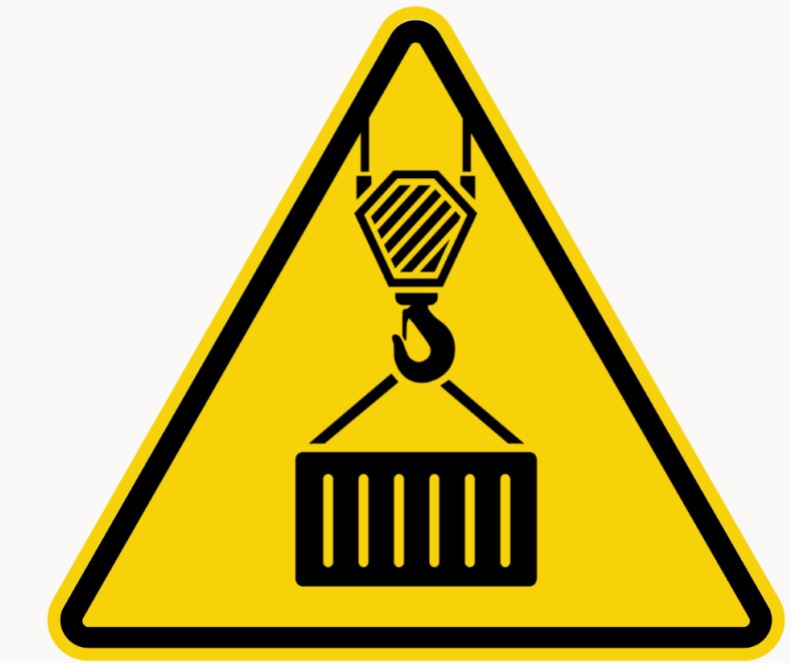Title Page
-
Site conducted
-
Conducted on
-
Prepared by
-
Is a contractor being audited?
-
Which contractor company?
Prework Aspects
-
Foundational aspects applicable to all Fatal Risks that address: housekeeping, workplace exams, FLRA, training confirmation, and emergency protocols.
-
Is the work area housekeeping in good order? (i.e., clear walkways and organized tools/materials)
-
Has a workplace exam been conducted?
-
Have all hazards been identified, corrected, or communicated?
-
Has the employee conducted a Field Level Risk Assessment (FLRA) or Team Risk Assessment (TRA)?
-
Has the employee received training? (i.e., task training, procedure or guidelines)
-
Can the employee explain the proper emergency shut down, summoning for help and evacuation procedures?
Critical Control Verification
-
Critical Controls: Actions and conditions that must be in place and functioning 100% of the time, without fail, to protect people when working in potentially significant risk situations.
Instructions: For each critical control, select Controlled, AtRisk, or NA (Not Applicable or not observed). See Assessment below for definitions. If something is marked AtRisk, immediately Pause the work until the missing protections are put in place. Write the corrective action taken in the notes box below
Competency
-
Is the crane operator, and rigger trained and qualified, and does the worker understand the components of lifting activity?
-
Does the operator, rigger, and/or signaler appear to be fit for duty, alert, and awake? Do they appear to be under the influence of alcohol, drugs, medication, or fatigue that could impair their judgement?
Lifting Plan
-
Has a risk assessment or lift plan been conducted and documented? (e.g., considering powerline proximity, load weight, shape, size, and capacity)
-
Was working under or near a suspended load discussed?
-
Has a workplace inspection been conducted and documented? (e.g., travel route, access workspace, level and solid ground conditions, or safe distances to any overhead powerlines)
-
Has the rigging equipment been correctly attached/balanced and is rated for the load?
-
Has the lift been communicated to all affected personnel?
-
Has a designated rigger(s), and crane operator been assigned?
-
Are tag lines being utilized to control the load while the lift is in progress, and are they free from posing additional hazards?
-
Is the crane operator present during all lifting operations? (e.g., suspended load always attended)
-
Have all sections of the Lifting Plan been completed correctly and signed off by all parties?
Mechanical Integrity of Lifting Gear
-
Has the appropriate pre-operational inspection been completed prior to work commencing?
-
Is the lift capacity of the crane and lifting gear rated for the load weight?
-
Are all safety devices on the lifting equipment installed and functional?
-
Does each item of lifting equipment (chains, slings, shackles, etc.) have a current tag on it indicating it has been checked on a planned schedule?
Drop Zone
-
Is the drop zone (barrier or barricade) large enough (360°) to protect people in the event of a load falling? (e.g., boom radius plus the load is within barrier/barricade area, also consider load tipping, rolling away, bouncing, and working levels)?
-
Has the drop zone been properly demarcated (e.g., signage, tape/tag, cones, or barricades), communicated, and maintained?
-
Are barriers set up to denote clearance area based on power/voltage lines and environmental factors?
-
Has a vicinity permit been obtained where required?
-
If required to operate within clearance distance, have overhead powerlines been locked out and tagged out?
-
CONTROLLED The presence of this control is verified and effective
-
ATRISK This control is missing or ineffective
-
NA / NO Not Applicable to this exposure situation or Not Observed









